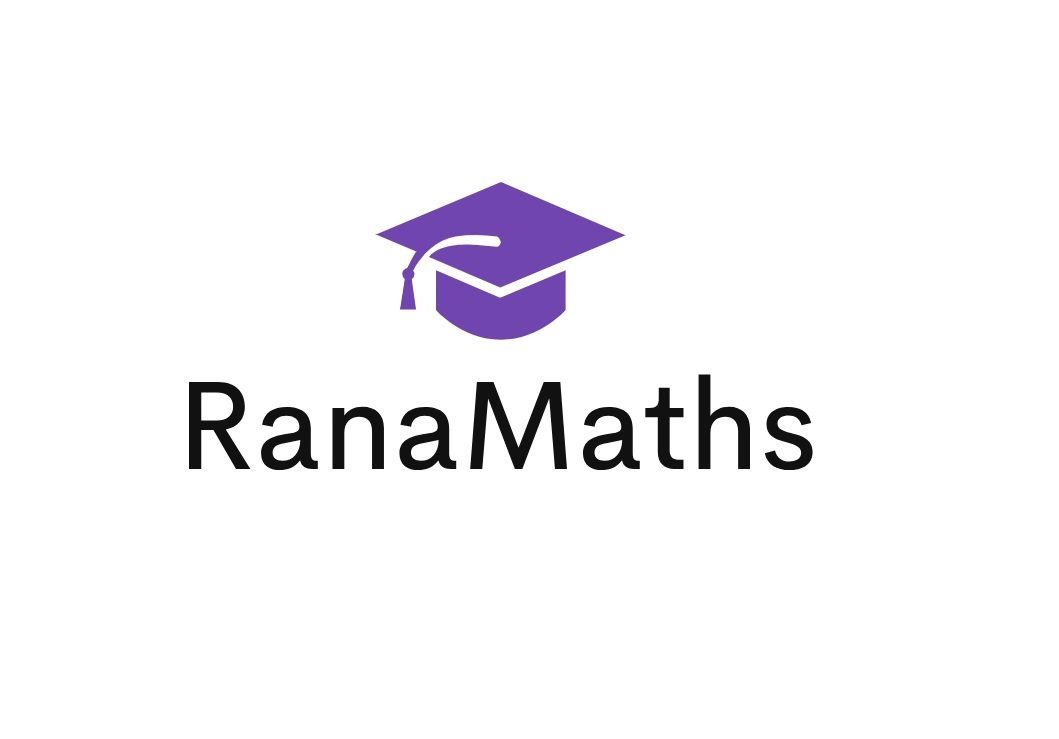Abstract Algebra:
Definition: Abstract algebra is a branch of mathematics that studies algebraic structures, which are sets equipped with operations and satisfying specific algebraic properties. Unlike elementary algebra, which primarily deals with arithmetic operations and equations over numbers, abstract algebra focuses on developing general principles that apply to various mathematical structures.
Group Theory:
Definition: Group theory is a branch of abstract algebra that studies the algebraic structures known as groups. A group is a set equipped with an operation that satisfies certain properties such as closure, associativity, identity element, and inverses.
Lagrange’s Theorem:
Explanation: Lagrange’s theorem states that the order of any subgroup of a finite group divides the order of the group.
Class Equation:
Explanation: In group theory, the class equation provides information about the structure of a finite group. It relates the order of a group to the orders of its conjugacy classes.
Commutator:
Explanation: In group theory, the commutator of two elements a and b in group G is defined as [a,b]=aba^−1b^−1. Commutators play a crucial role in understanding the structure of groups.
Group Homomorphism:
Definition: A group homomorphism is a function between two groups that preserves the group operation. That is, for groups G and H, a function ϕ:G→H is a group homomorphism if ϕ(xy)=ϕ(x)ϕ(y) for all x,y in G.
Cayley’s Theorem:
Explanation: Cayley’s theorem states that every group is isomorphic to a subgroup of the symmetric group on its elements.
P Group:
Definition: A p-group is a group in which the order of every element is a power of a fixed prime number p.
Sylow Theorems:
Explanation: Sylow theorems provide information about the number of subgroups of a certain order in a finite group.
Permutation:
Definition: A permutation of a set is a rearrangement of its elements. In group theory, permutations form a group under composition.
Direct Product:
Explanation: The direct product of two groups combines their elements in a specific way to create a new group.
Ring Theory:
Definition: Ring theory is a branch of abstract algebra that studies rings, which are algebraic structures with two binary operations, typically addition and multiplication.
Ring Homomorphism:
Definition: A ring homomorphism is a function between two rings that preserves addition and multiplication. It maps the identity element of one ring to the identity element of the other.
Vector Space:
Definition: A vector space is a mathematical structure formed by a set of vectors and a field of scalars, with operations of vector addition and scalar multiplication satisfying certain properties.
Linear Combination:
Definition: A linear combination of vectors is an expression of the form c1v1+c2v2+…+cnvn, where ci are scalars and vi are vectors.
Basis:
Definition: A basis for a vector space is a set of vectors that spans the space and is linearly independent.
Vector Space Homomorphism:
Definition: A vector space homomorphism is a linear mapping between two vector spaces that preserves vector addition and scalar multiplication.
Linear Functional:
Definition: A linear functional is a linear map from a vector space to its underlying field (usually the real or complex numbers).
Inner Product:
Definition: An inner product on a vector space is a bilinear, symmetric, and positive-definite form that associates each pair of vectors with a scalar.
These concepts form the foundation of abstract algebra, providing tools and structures to analyze and understand mathematical systems and their properties.
Keep visiting our website, www.RanaMaths.com
